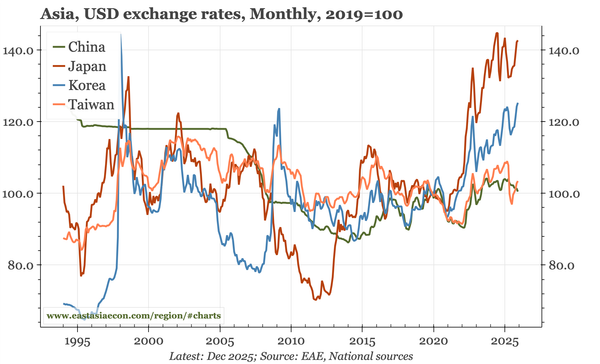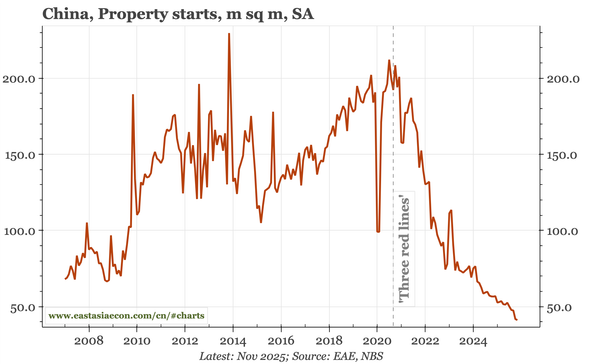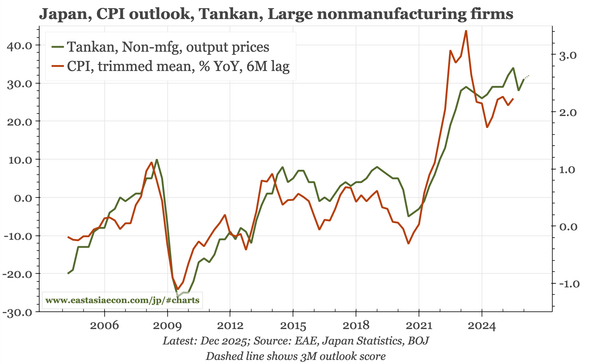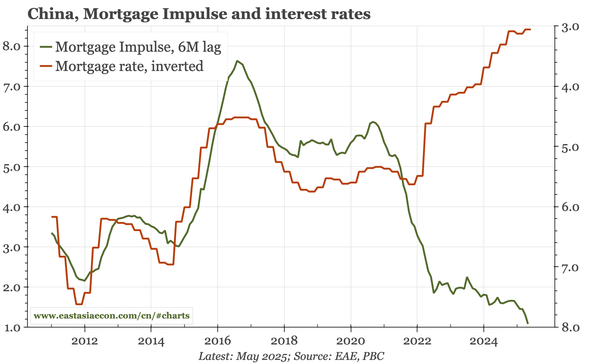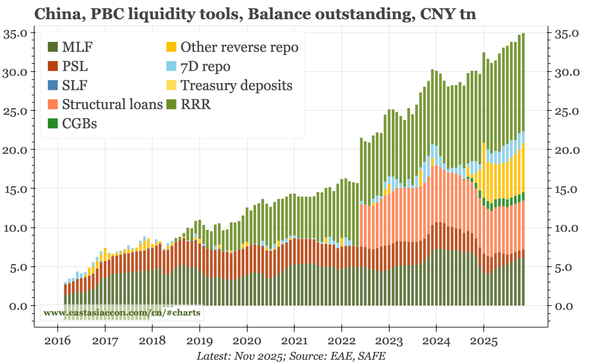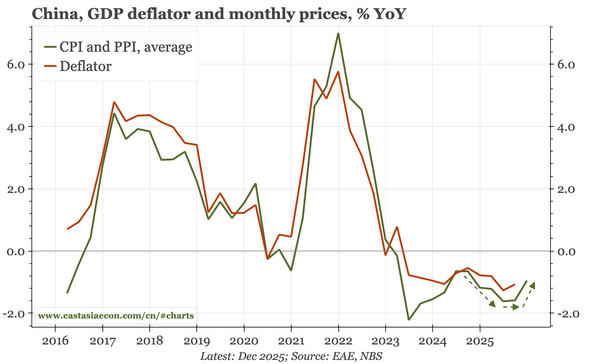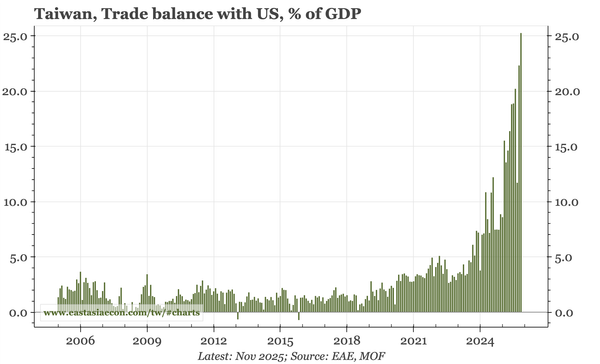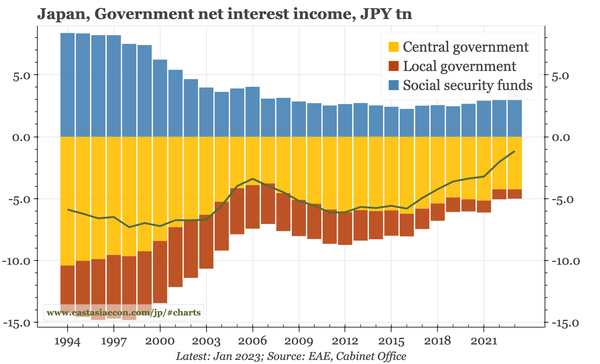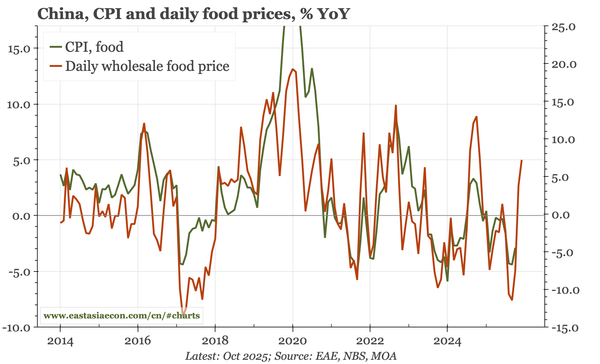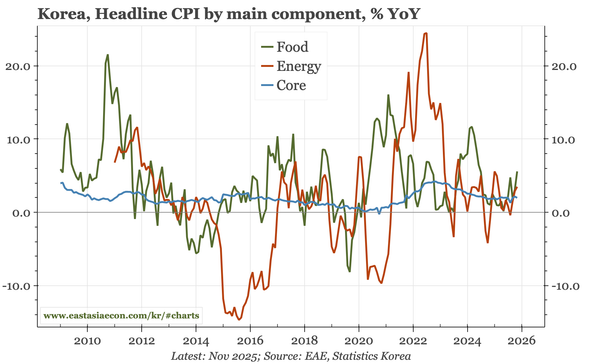East Asia Today
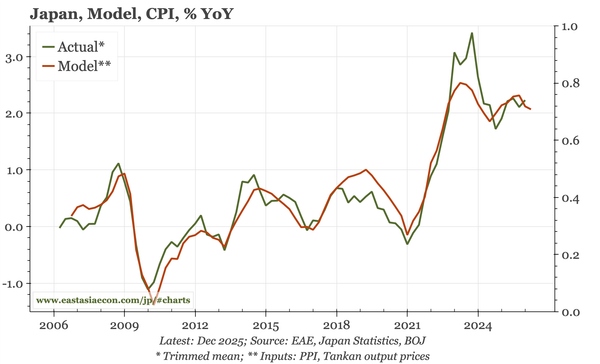
In today's daily: China monetary developments, Japan CPI, Korea PPI, highlights of the BOJ meeting, and a link to my latest podcast. From today, I am taking a couple of weeks off. Thanks for your interest this year, I hope you've found the content useful. Happy Christmas, and best wishes for 2026.


